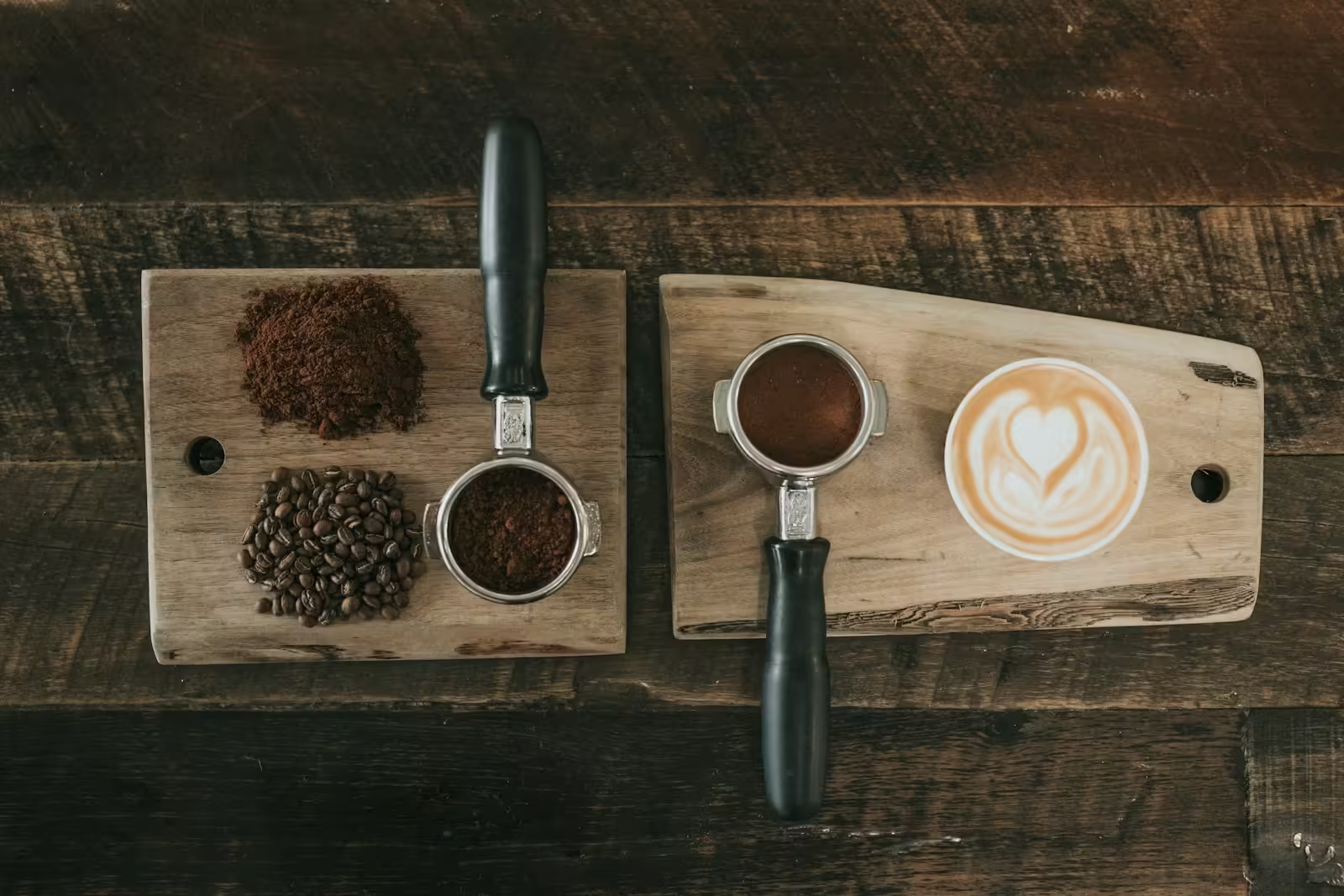Table of Contents
Coffee experts have long maintained that it would be beneficial to slightly wet the beans before grinding them. That appears to be confirmed by a recent study conducted by University of Oregon academics.
Research appears to support the secret component of excellent coffee.
The study looked at how the method, which originated as an effort to deal with the frequently untidy process of preparing coffee, also impacted flavor.
According to Christopher Hendon, an associate professor of computational materials chemistry at the University of Oregon and research coauthor, “coffee grinds everywhere.” “When dust exits the grinder, it covers everything like a plume. However, if you add a small amount of water, it doesn’t seem to spread. It is more hygienic. That was the main motivation behind people’s actions.
Static electricity, which is produced when the beans smash together, is what’s responsible for the mess. The ground coffee particles are then propelled in all directions by this static charge, which causes them to repel one another like magnets with the same polarity.
This effect is mitigated by the insulating properties of water, a procedure called the “Ross droplet” approach. According to Hendon, “some enthusiast on a home barista forum first proposed it.” “The concept has been around for a while, and at first it was taken from the industry that produces materials, like wood pulping.”
But over time, what was initially intended to lessen mess gradually evolved into a more complex method of producing a superior brew, or so people believed. According to the notion, water prevented microscopic clumps from forming during brewing in addition to preventing the ground coffee from flying around or adhering to the grinder’s interior by lowering static electricity.
Why do clumps cause problems? Because water surrounds them, coffee and its flavor are left undisturbed. They reduce extraction yield, or the quantity of coffee that dissolves in the liquid and finishes up in the cup, as baristas would say.
Similar to how watermelons are stacked, there will be a lot of empty space if clumps are growing, according to Hendon. “Therefore, there is less surface area in contact with the water when it is forced through, leading to less extraction.”
The study examined the more nuanced and difficult-to-see possible advantage of adding water to the beans—namely, the removal of flavor-robbing microclumps—and was published on December 6 in the journal Matter.

Testing the “Ross droplet” theory
Two volcanologists who were part of the research team modified a device that is typically used to assess the electric charges on volcanic ash and wildfires. They ground the coffee in a professional grinder—one of the fastest on the market and a favorite in cafes—after weighing it with a pipette for accuracy down to the microgram.
“The coffee comes out of the grinder never having been charged because the addition of tiny amounts of water, from one droplet upwards, passivates, or turns off, the static charge,” Hendon explained. Although it’s unclear exactly what the water is doing, he suggested that it might be absorbing the charge or adjusting the grinder’s internal temperature to lessen the impacts of friction.
“You can also stop the clumps from forming if you add enough water,” he continued. In theory, you should be able to extract more or produce less trash. This accomplishes just that since there is now a greater surface area available for the same volume of water.
When there are no clumps, the whole amount of brewing water is in contact with the ground coffee, which effectively reduces the amount of coffee wasted and results in a more consistent brew.
There is no one-size-fits-all formula for the right amount of water; however, the study did find that adding water often increased the extraction yield by 10%. Other factors that may influence this amount include the type of roast and the coarseness of the grind.
Hendon cautioned that while this supports the usefulness of the “Ross droplet” method, it may not always translate into a detectable flavor difference.
“After the study was released, I’ve been inundated with emails from people expressing their gratitude, as this is a huge improvement merely in terms of cleanliness,” Hendon said. There is a lot of subtlety in this procedure, so I would advise the home user to start with a single drop of water and work their way up from there.
There’s a catch, though: while the water does help with cleanliness no matter how you brew it, the benefits of brewing espresso and, to a lesser extent, filter coffee are the only ones that are felt.
Nothing much changes when using an AeroPress, French press, or cafetiere since, according to Hendon, “all of the water is already touching all of the coffee” because of the coarser grind needed for these.
The pursuit of superior beer
A professional barista and coffee specialist named Lance Hedrick, who was not part of the study, has attempted to duplicate the study’s findings and has provided a detailed analysis of his findings on YouTube. He claimed that while the work does a commendable job of demystifying what happens when beans are spritzed with water, more studies with other grinder models should be conducted in order to obtain more definitive proof.
He did, however, state that he believes the benefits are tenable based on his own testing.
He said, “I discovered that the quantity of water required for the alleged benefits varied greatly from grinder to grinder.” “Thus, even though I don’t believe the study has any immediate practical implications to enhance coffee brewing at home, I do believe it is a valuable addition to the ongoing efforts to comprehend the incredibly complex grinding process, which is arguably the most important aspect of brewing a cup.”
Professional coffee roaster and taster François Knopes of the Independent Coffee Lab, who was not part of the study, said he regularly sprays his beans before grinding for tasting evaluation and would advise anyone in a home setting to do the same. But he believes that it might not be feasible to do so somewhere else.
“Most professional setups, like a coffee shop serving hundreds of espresso-based drinks per day, would find it extremely time-consuming,” Knopes stated. “Professional baristas would be better off searching for enhanced grinding technologies or ‘de-clumping’ devices, which are tiny needles used to whisk the grounds and break up the small boulders generated during grinding, to improve and increase extraction.”
Hendon concurred. He stated, “At this point, it is a little impractical because you would have to take yet another step.” However, I believe that technology centered around the notion that providing water on demand is a very effective strategy will be created.
read also: NASA Discovers Something Unexpected in the Biggest Lake in California 2024
Study seems to confirm secret ingredient for better coffee (msn.com)
Research appears to support the secret component of excellent coffee. Research appears to support the secret component of excellent coffee. Research appears to support the secret component of excellent coffee. Research appears to support the secret component of excellent coffee. Research appears to support the secret component of excellent coffee.
Research appears to support the secret component of excellent coffee. Research appears to support the secret component of excellent coffee. Research appears to support the secret component of excellent coffee. Research appears to support the secret component of excellent coffee. Research appears to support the secret component of excellent coffee. Research appears to support the secret component of excellent coffee. Research appears to support the secret component of excellent coffee. Research appears to support the secret component of excellent coffee. Research appears to support the secret component of excellent coffee. Research appears to support the secret component of excellent coffee.


2 thoughts on “Research appears to support the secret component of excellent coffee.”